When the first images of the Dyson Zone appeared in late March last year, the internet had an absolute field day. Headphones with a detachable mask that served as a personal air purifier? April Fools’ Day had come early! Everyone who saw the photos or read about them had a strong opinion, and it’s understandable why. The Dyson Zone has a very unique and possibly polarizing design, but underneath its futuristic and slightly dystopian style is an impressive melding of audio and health tech that works.
The Dyson Zone headphones use 11 microphones to monitor outside sounds at 384,000 times per second while reducing outside sounds by as much as 38dB. This means you’ll be able to appreciate every note of the full-spectrum audio that covers ranges from 6Hz-21KHz.
The speaker driver and internals are also designed to minimize distortion and produce crisp, clear sound without outside interference.
The Dyson Zone, simply as a pair of high-end noise-canceling headphones, offers everything you could possibly want.
But, of course, that’s only part of what makes the Dyson Zone so interesting.
Dyson has combined two different technologies — air purification and full-spectrum audio with noise-canceling into the Dyson Zone headphones. It sounds crazy at first — believe us, we know — but the end result is an audiophile-grade pair of headphones with an advanced filtration system built into the ear cups!
The Dyson Zone has a detachable visor that provides air purification on the go, making it a clean air solution for commuters, travelers, and city dwellers — anyone who has ever wished for a way to breathe cleaner, fresher air. Dyson says the electrostatic filters can capture 99% of particle pollution up to .1 microns (for reference, a strand of hair is around 70 microns).
K-Carbon potassium-enriched filters also capture city gas pollutants like NO2, SO2, and O3, along with the nasty odors from construction fumes, sewage, the stale air in metro systems, and various body odors.
Depending on where you live and how often you use the filtration system, Dyson Zone filters will only need to be replaced about once a year.
Using Dyson Zone as headphones alone offers around 50 hours of listening time; if you’re running air purification and music simultaneously, you can expect about 4 hours.
The headphones have an onboard sensor that monitors the air for NO2 levels, and you can track the results live with the MyDyson app, along with real-time environmental noise levels.
Furthermore, the Dyson Zone headphones have an onboard accelerometer that measures your activity and adjusts the purified airflow as needed when in auto mode with the visor attached.
Head detection senses when you’re not wearing the headphones, putting Dyson Zone into standby mode. You can also dip the detachable air purification visor to activate “conversation mode,” which stops the air purification and pauses the music.
As you can see in the photos, Judie had some hands-on time with the Dyson Zone at CES. Here’s what she had to say about them:
To start, Dyson Zone happens to be the best sounding pair of noise-canceling headphones that I’ve ever tried. I listened to multiple styles of music through them, and it all sounded absolutely incredible and clear with no distortion, bottoming out, or muddiness.
I didn’t have another pair of on-ear headphones with me for a size comparison, but I didn’t feel that the Dyson Zone were much heavier or bulkier or that the ear cups were that much larger than what I’ve experienced with other high-end headphones that I own.
The Dyson Zone might seem a bit large and combersome for air travel since they don’t fold into a small bundle, but I have that issue with most of my on-ear headphones when traveling. My solution has been that when I’m not listening to music, I just wear the headphones around my neck; it works just fine.
The real surprise for me was how natural it felt to magnetically attach the air purification visor to the Dyson Zone headphones and how the clean, filtered air would automatically begin flowing. Even in the hotel room where we were meeting, the difference in air quality with and without the Dyson Zone was striking.
I had thought that wearing the Dyson Zone’s air purification visor would make me feel self-consious, but that wasn’t the case at all. Perhaps because we’ve spent much of the last few years wearing masks in public spaces, I’m more used to people’s faces being covered. I think that if I were to see Dyson Zone out in the wild, I wouldn’t give them or their wearer a second thought beyond recognizing what they were.
The Dyson Zone will be available for pre-order in the US beginning in March. Shortly after, it will become available to purchase online and in-store at Dyson Demo stores, with pricing starting at $949.

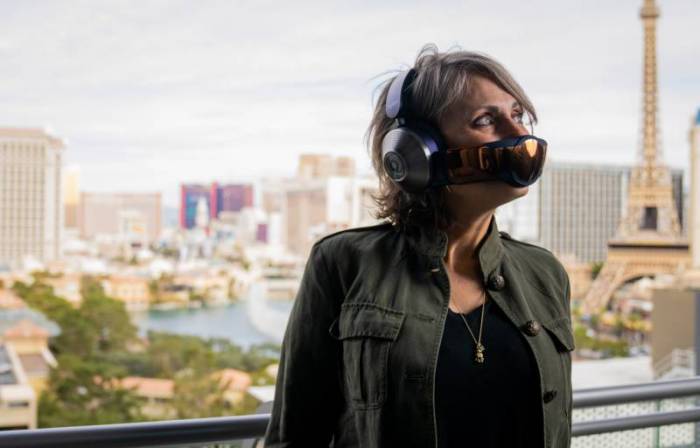
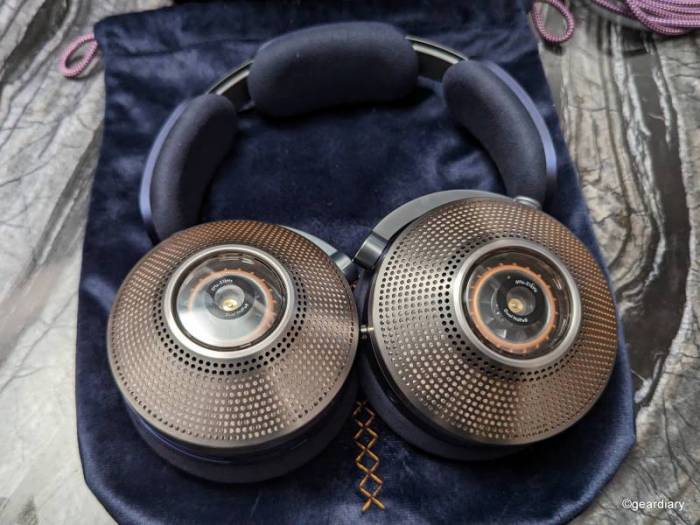
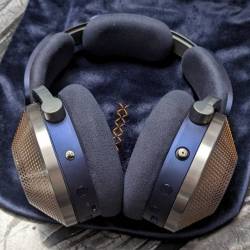
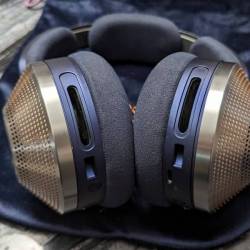
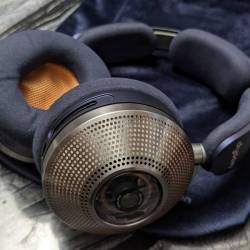
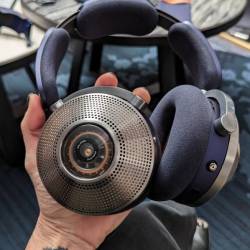
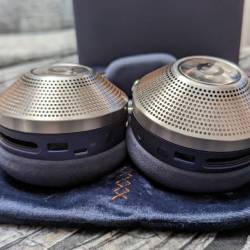
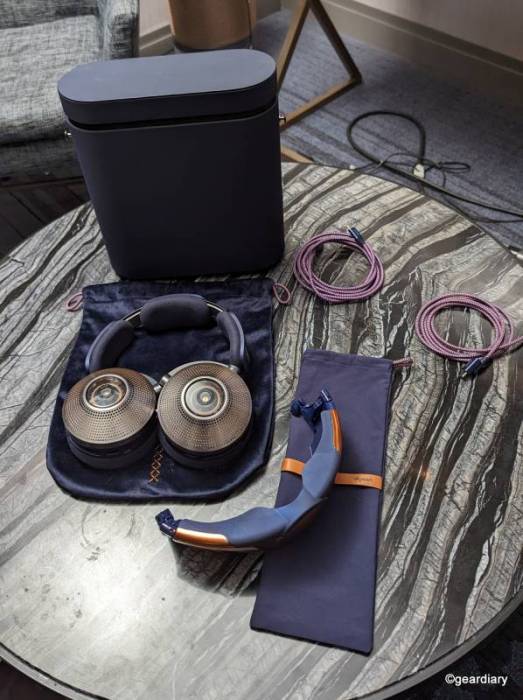
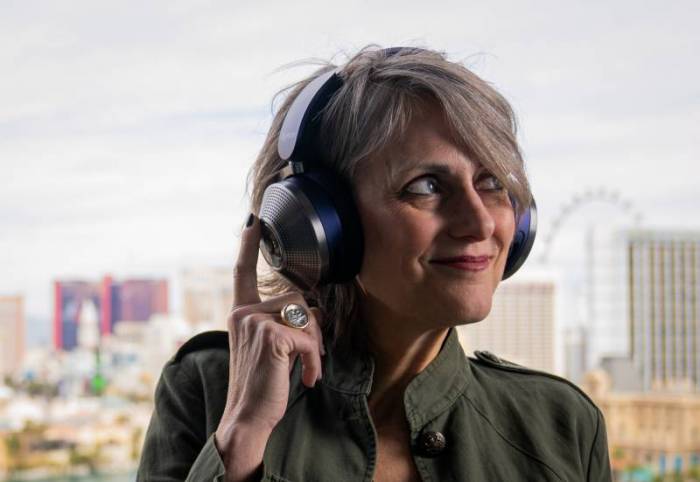
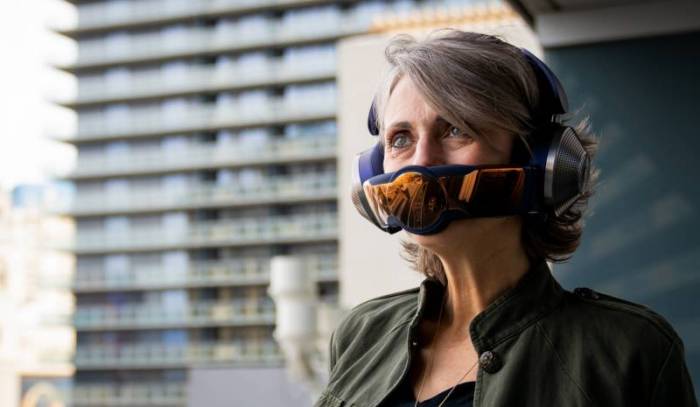
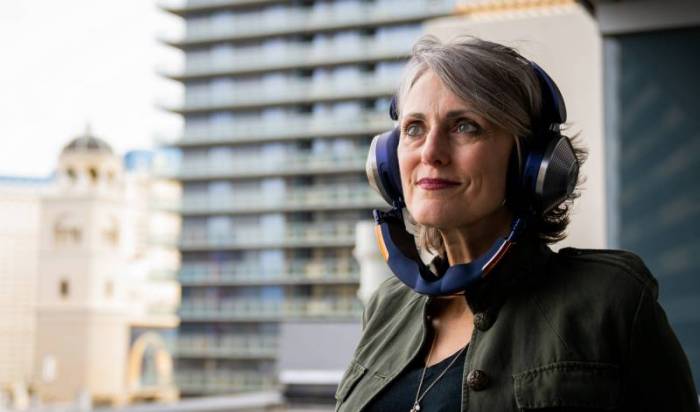
I wonder if these would work mowing the lawn. Hate to inhale all that pollen.
I like the concept, but I only see it useful for someone with severe allergies or living in densely populated urban centers. The headphones alone are great, but not an affordable option.
Life span of air filtering?